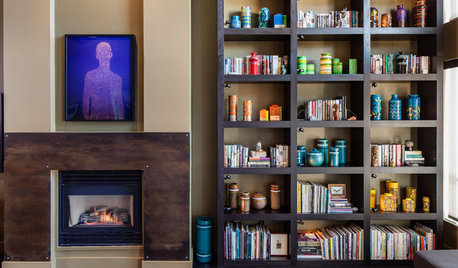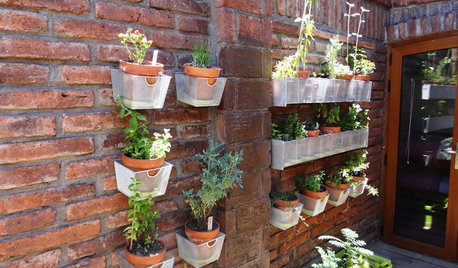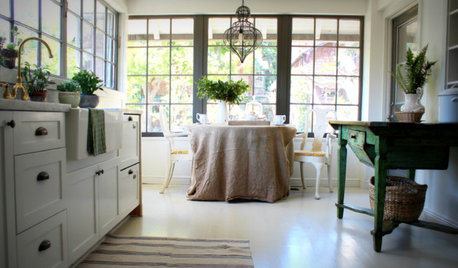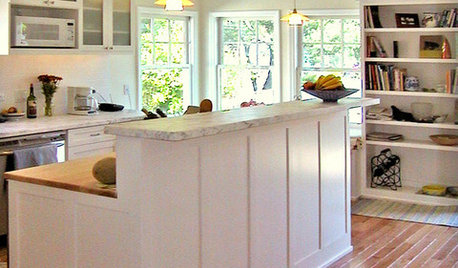What is best to rotate with tomatoes?
mark_h37
14 years ago
Related Stories

DECORATING GUIDES11 Ways to Get a Perfectly Decorated Bookshelf
Find out how to rotate and stack books, leave breathing room and arrange spaces for great bookshelf style
Full Story
EDIBLE GARDENSHouzz Call: Where Are the Craziest Places You Grow Edibles?
Basil in a bathtub, spinach stacked up a wall ... If your edibles occupy an odd spot, we’d like to know
Full Story
FARM YOUR YARDHow to Build a Raised Bed for Your Veggies and Plants
Whether you’re farming your parking strip or beautifying your backyard, a planting box you make yourself can come in mighty handy
Full Story
KITCHEN DESIGN12 Farmhouse Touches That Bring Homeyness to a Kitchen
Shaker cabinetry, country-store-inspired hardware, barn elements or a key piece of art will add homestead appeal to your kitchen
Full Story
KITCHEN DESIGN8 Kitchen Organizing Ideas for Messy Cooks
Not the clean-as-you-go type? Not to worry. These strategies will help keep your kitchen looking tidy no matter what your cooking style is
Full Story
KITCHEN DESIGNThe Cure for Houzz Envy: Kitchen Touches Anyone Can Do
Take your kitchen up a notch even if it will never reach top-of-the-line, with these cheap and easy decorating ideas
Full Story
FARM YOUR YARDHow to Grow Vegetables in Containers
Get glorious vegetables and fruits on your patio with a pro’s guidance — including his personal recipe for potting mix
Full Story
GARDENING GUIDES10 Easy Edibles for First-Time Gardeners
Focus on these beginner-friendly vegetables, herbs, beans and salad greens to start a home farm with little fuss
Full Story
GARDENING GUIDESGet on a Composting Kick (Hello, Free Fertilizer!)
Quit shelling out for pricey substitutes that aren’t even as good. Here’s how to give your soil the best while lightening your trash load
Full Story
SUMMER GARDENINGHow to Grow Basil
Bright color, quick growth and endless uses for cooking make this summer annual a winner in the garden or a pot
Full StoryMore Discussions






heirloomjunkie
anney
Related Professionals
Roxbury Crossing Landscape Architects & Landscape Designers · Downey Landscape Contractors · Fort Mill Landscape Contractors · Tinton Falls Landscape Contractors · West Haverstraw Landscape Contractors · Norridge Landscape Contractors · Bryan General Contractors · Lighthouse Point General Contractors · Pacifica General Contractors · Pocatello General Contractors · Shorewood General Contractors · Wallington General Contractors · Marlboro Decks, Patios & Outdoor Enclosures · Portland Decks, Patios & Outdoor Enclosures · West Chicago Decks, Patios & Outdoor Enclosuresmark_h37Original Author
br33
anney
wordwiz
hardclay7a
cabrita
fusion_power
carolync1
HoosierCheroKee
digdirt2
blameitontherain